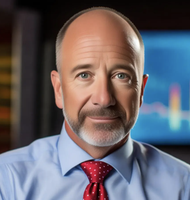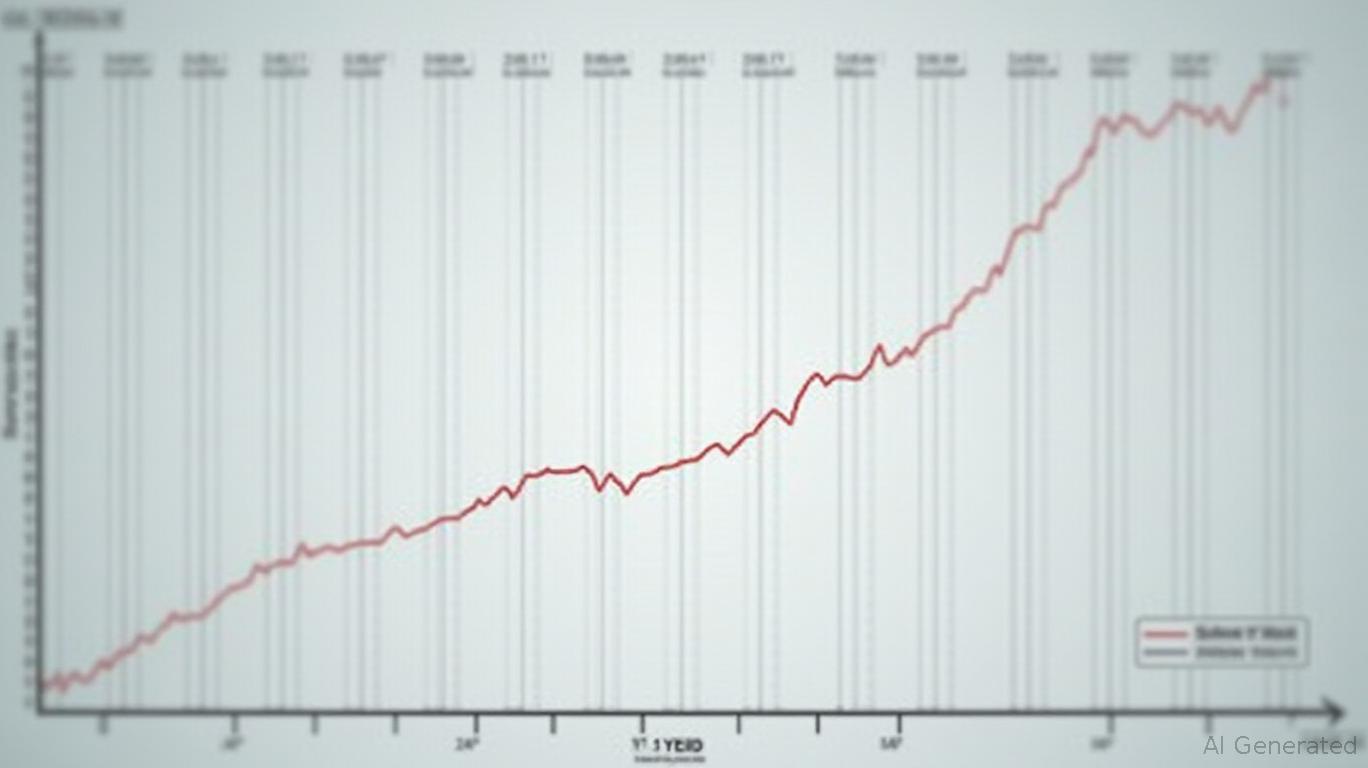Traders Add to Bets the Fed Will Keep Cutting Rates Next Year
Thursday, Dec 12, 2024 8:59 am ET
As the Federal Reserve (Fed) continues to grapple with stubborn inflation, traders are increasingly betting that the central bank will keep cutting interest rates next year. Despite recent signs of a cooling labor market and mixed economic signals, investors remain cautiously optimistic about the Fed's ability to achieve a soft landing for the economy. This article explores the reasons behind this expectation and the potential implications for investors.
The Fed has been widely expected to cut its key interest rate next week, with a 95% chance of a rate cut at the Fed's meeting next Wednesday, according to the CME Group's FedWatch tool. However, the recent round of stubborn inflation data has led some economists and strategists to dial back their expectations for rate cuts in 2025. The Fed's policy committee is scheduled to release another set of economic projections when it meets to set interest rates next week, which could signal a reduction in the number of rate cuts expected next year.

The recent labor market dynamics have presented a mixed picture for the Fed, with job openings plummeting and soft data suggesting that jobs are harder to find. However, unemployment claims and layoffs have remained benign, and consumer sentiment has moved up since mid-summer. The unemployment rate has ticked up mainly due to more people participating in the labor market, not weaker job creation. This mixed picture complicates the Fed's task in calibrating policy decisions based on how quickly the labor market appears to be cooling. If the cooling is gradual, slow and shallow rate cuts are likely warranted. However, a rapid cooling of job prospects would risk recession and indicate that the Fed has miscalculated.
Geopolitical tensions and trade policies under a Trump administration could also alter the Fed's course. Tighter immigration restrictions and higher import tariffs could spur inflation and derail the Fed's plans to gradually lower the fed funds rate to the neighborhood of 3%, the range that officials see as "neutral," neither stimulating the economy nor hindering it. Economists at TD Bank and Barclays have revised their forecasts, expecting the Fed to pause rate cuts in early 2025 to assess the impact of these policies. Goldman Sachs economists have also adjusted their forecast, predicting slower rate cuts in 2025.
Investors should consider these dynamics when positioning their portfolios for the coming year. The Global Investment Committee at Morgan Stanley is cautiously optimistic and focusing on maximum portfolio diversification. They recommend owning an equal-weighted version of the benchmark U.S. stock indices, as well as investment-grade credit and non-U.S. assets. Additionally, investors should consider owning compelling trends in financials, industrials, energy, materials, and healthcare, as well as certain parts of the technology sector.
In conclusion, traders are adding to their bets that the Fed will keep cutting rates next year, despite mixed economic signals and geopolitical uncertainties. While the Fed may trim its rate-cut expectations, investors should remain cautiously optimistic and focus on maximum portfolio diversification to navigate the current market environment. By considering the potential impact of labor market dynamics, geopolitical tensions, and trade policies, investors can position their portfolios to capitalize on the opportunities that lie ahead.


_442a2dcc1749832873286.jpeg)
_e68fac6d1749831664430.jpeg)






